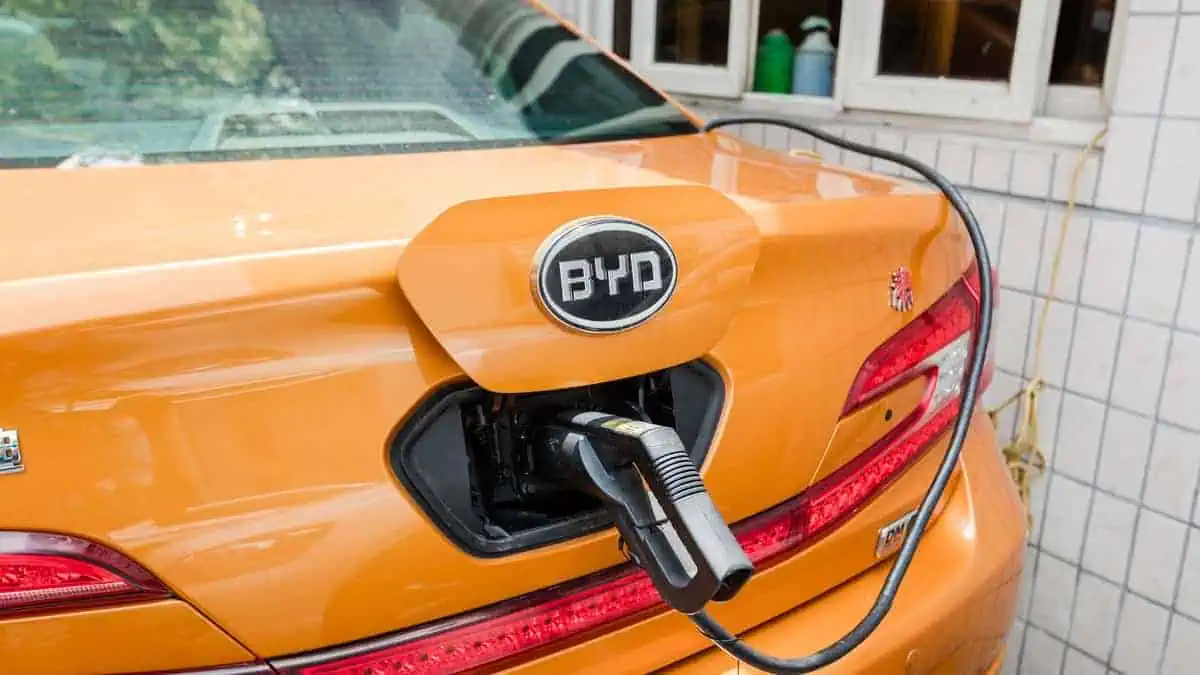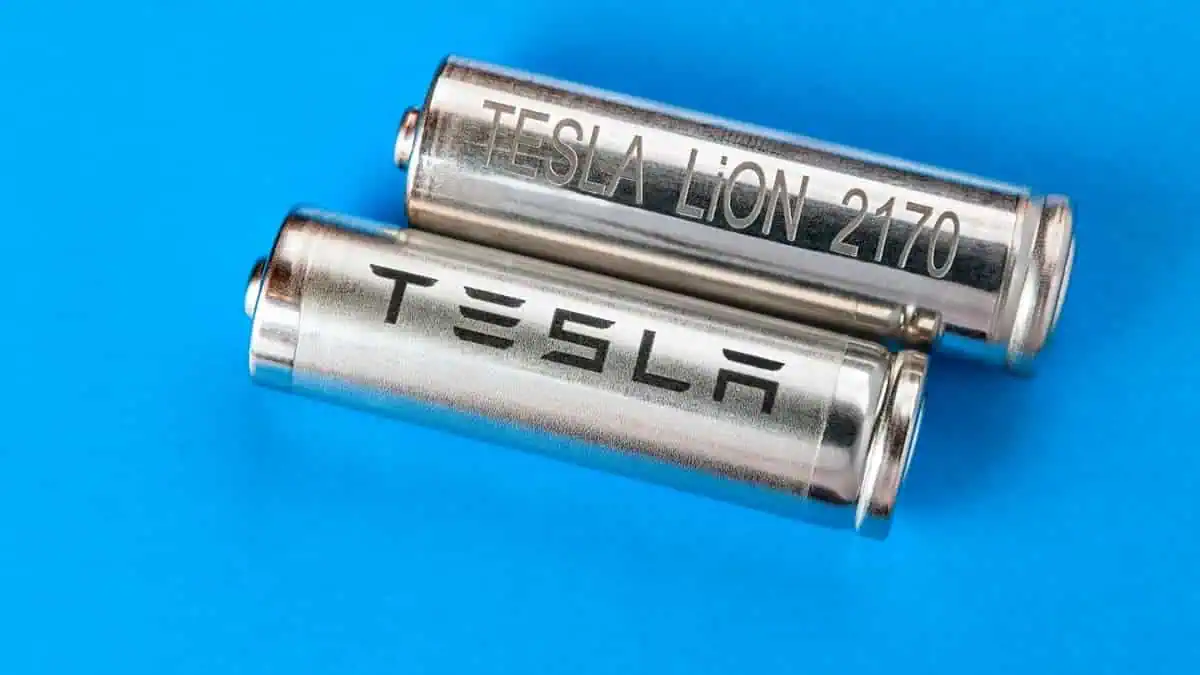One of the world’s leading EV automakers BYD, has entered the Indian passenger car market this week with the launch of its Atto 3 model.
It is apparently a part of a wider strategy to expand outside of China and more than double its distributor network in India by the end of next year, as per Forbes.
According to Reuters, BYD debuted the Atto 3 electric SUV in the country with its famed Blade battery technology. By 2030, the automaker aims to dominate 40% of the country’s electric vehicle market with its offering.

The Shenzhen-based automaker aims to sell 15,000 of the recently released Atto 3 SUVs next year. In a statement on Tuesday, Ketsu Zhang, Executive Director of BYD India, shared the company’s plan “to set up a local manufacturing facility in the due course.”
“India will be one of the key markets in BYD’s global portfolio,” Sanjay Gopalakrishnan, senior vice president of electric passenger vehicles at BYD India, also told Reuters.
Notably, the initiative is part of a larger international drive by the Chinese automaker. It has started offering EVs and plugin hybrids in several international markets, including Norway, New Zealand, Singapore, Brazil, Costa Rica, and Colombia.
Furthermore, BYD announced earlier this year that its passenger EV sales would begin in Japan in 2023. We have also reported that the automaker plans to build a plant in Thailand that will start making cars in 2024.
Compared to its competitors, BYD’s general operation is more diverse. In fact, it produces photovoltaics and handset components. On the Forbes Global 2000 list of the top publicly traded firms in the world earlier this year, BYD was rated No. 579. This year, its market cap has occasionally surpassed the sum of GM and Ford.
The fourth-largest automotive market in the world is seeing an increase in electrification. Domestic firms like Mahindra & Mahindra and Tata Motors, which produces the most electric vehicles in India, are increasing their investments. Likewise, global manufacturers like BYD and Kia Motor are introducing high-end models.






